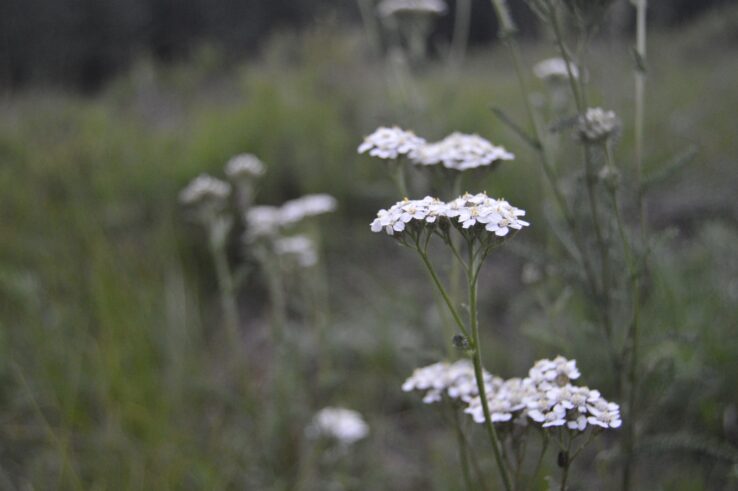It’s no secret that Colorado’s Front Range communities are highly sought after places to live. When new communities are created, there’s an obvious need for additional homes, neighborhoods, and roads, but how about preserving the past? Fortunately, at Independence we value history and treasure the legacies left behind by those who came before us. That’s why we’ve gone to great lengths to honor our original homesteaders by preserving the land’s original historic structures, and integrating them into usable amenities within our modern community.
History, First
Prior to the arrival of settlers to the area, Ute, Arapaho, and Southern Cheyenne Native American tribes called the Great Plains in this area home. These tribes were nomadic, living in collaboration with the living ecosystem – including buffalo, elk, and deer – so both could survive and thrive.
As the settler colonialism mindset continued to drive people west, the county of Elbert became the cross-roads of many crucial railroad tracks, including the Colorado and Southern, Denver and New Orleans, and Rock Island. Because the Native populations were such knowledgeable stewards of the land and soil was extremely fertile, modern farming in this area exploded. This gave way to logging, dairy production, a saw mill, and more throughout the handful of towns that make up Elbert County.
Preservation, Second
Elbert County is home to numerous historic structures that were built in the late 1800s and early 1900s. The group behind Independence in Elizabeth, Colorado, wanted to acknowledge and incorporate the rich histories of the land, while continuing to protect large swaths of land from development. Some structures are in states of disrepair. However, others can be restored, preserved, and utilized.
In an effort to promote the heritage of Elbert County, Independence has preserved and restored several century-old structures located within the community. Additionally, many artifacts found within these buildings have been restored to their original appearance. The History Quest, a local company that specializes in genealogy, history, and restoration has saved and restored numerous artifacts and plans to display them in a local coffee shop, once open, and in preserved structures.
Independence has also preserved its three iconic windmills as a testament to innovation and collaboration with the natural world. The Farmhouse Victorian and its barn, complete with a vintage American flag painted on its side, are currently under renovation with the Victorian, set to be a coffee shop. License plates from the first 76 home buyers have also been mounted on the side of the historic barn as a testament to the year Americans signed the Declaration of Independence: 1776.
Going Beyond
In addition to preserving the old, Independence is committed to creating new spaces that allow all living residents within the neighborhood to thrive. Wildlife corridors, existing wetlands, and natural habitats have all been restored. In partnership with the Butterfly Pavilion, Independence is also creating a Pollinator District to ensure that pollinator diversity and abundance increases in Independence’s main community center – Homestead Park.
Denver Urban Gardens and Independence Community are also creating community gardens that will enable volunteer resident gardeners to build upon their current gardening skills, promote natural beauty, and foster healthy food sources this spring/summer. Water-wise techniques will be implemented throughout to ensure this dryer environment can make the most out of its water sources.
It’s an effort to preserve historical structures while also creating new, healthy spaces for people, plants and animals to thrive. The Independence Community in Elizabeth, Colorado is committed to utilizing our resources to preserve what came before, and to preserve what’s to come, so future generations can enjoy this beautiful space we call home. Contact us to learn more about our conservation community just outside of Parker, Colorado.

